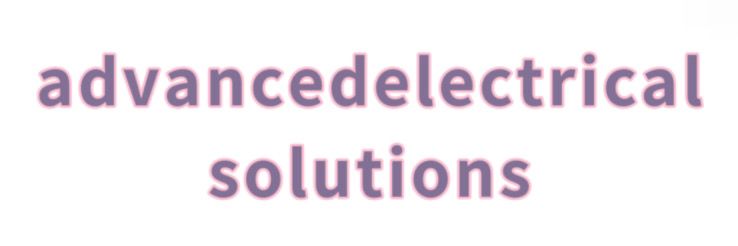What is a Power Adapter?
Although modern technology has long been integrated into our daily lives, certain aspects of it still remain confusing. With countless devices using different plugs, chargers, and adapters, it’s no surprise that many of us have a drawer overflowing with random cords we’re not quite sure what to do with.
Among these everyday accessories, power adapters are especially common—yet often misunderstood. The term “power adapter” is frequently used interchangeably with other names, leading to confusion about what it actually refers to and what it does.
In this article, we’ll break down the essentials of power adapters—what they are, how they work, and how they fit into your charging setup.
What's Another Name for a Power Adapter?
Power adapters are often referred to by several different names—such as AC adapters, AC power adapters, or sometimes simply chargers. While the first two are accurate, calling a power adapter a “charger” isn’t technically correct. That’s because a charger and a power adapter serve different functions—a topic we’ll dive into later in this article.
Still, in most cases, if you come across any of these terms online or in product descriptions, there's a high chance—about 90%—that they’re all referring to a power adapter.
What Is the Purpose of a Power Adapter?
A power adapter’s main function is to convert AC (alternating current) from a wall outlet into DC (direct current) that electronic devices—like your computer—can use. It acts like an external power supply, helping reduce the size and heat output of the computer itself.
While computers require multiple DC voltages to operate, the power adapter typically supplies one primary DC voltage. The computer’s internal circuits then regulate and distribute the rest of the needed voltages. In short, the adapter delivers the right amount of power, at the right voltage, to keep your device running efficiently.
Is a Power Adapter One-Size-Fits-All?
No, power adapters are not one-size-fits-all. Each adapter is designed to deliver a specific voltage and wattage output tailored to a particular device. Using the wrong adapter could result in insufficient power or even damage to the device.
Because of their fixed power ratings, most power adapters are not interchangeable between different electronics. Plugging a mismatched adapter into your device may prevent it from working—or worse, cause permanent damage.
That said, universal AC adapters are available on the market. These adapters come with adjustable voltage settings and multiple interchangeable tips, allowing them to work with a variety of devices. However, even with universal adapters, it's important to check compatibility carefully to ensure the voltage, current, and connector type are a proper match.
Where Is the Power Adapter Located?
A power adapter is typically an external component separate from the device it powers. Its location and design may vary depending on the product:
For some devices—such as Apple products—the adapter is integrated into the plug at the end of the charging cable.
In other cases, the adapter appears as a box-like unit positioned in the middle of the power cord, with one cable connecting to the wall outlet and the other to the device.
In either case, it usually looks like a small rectangular box attached along the power cord. This external placement helps keep the device itself lighter and more compact by offloading power conversion tasks to the adapter.
Is a Charger the Same as a Power Adapter?
No, a charger and a custom power adapter are not the same, although they are often confused because they both supply power to electronic devices.
A charger is primarily designed to recharge a device's internal battery. It transfers electricity to the battery, but cannot power the device directly without a battery in place. For example, if you remove the battery from a smartphone and try to use it while plugged into a charger, the device will not turn on—because the charger is simply supplying power to charge the battery, not to run the device.
A power adapter, on the other hand, converts AC (alternating current) from a wall outlet into DC (direct current) at the correct voltage and amperage for your device. In some cases, such as with many laptops, the power adapter can power the device directly, even if the battery is removed. In this context, the adapter acts as a temporary external power source, not just a charging tool.
In summary:
Charger = Recharges a battery.
Power adapter = Converts and delivers usable power; can act as an external power supply.
None
None



Comments